Electrical Conductivity Kit
Atlas Scientific is on a mission to make high-quality sensors for environmental monitoring available to everyday hackers and makers. All of their kits are easy to calibrate and connect to your microcontroller-based project.
When was the last time you measured something in microsiemens? Well isn't it about time you did? Siemens are the SI unit for measuring something called conductance which is simply the inverse of an element's resistance, and it can tell you a lot about a substance! The Atlas Scientific Conductivity Kit comes with everything you need to get your lab-grade embedded conductivity system up and running! The included epoxy/platinum conductivity probe is accurate enough for lab work, but rugged enough for long-term field use.
Simply connect the probe to the conductivity circuit using the included BNC connector breakout, do some quick calibration with the included calibration solutions and you're ready to measure conductivity, total derived solids (referenced to KCL) and salinity! Salinity values are derived from the Practical Salinity Scale (PSS-78) and more information can be found in the datasheet.
This kit includes the K1.0 conductivity probe, which is accurate from 1,300µS to 40,000µS and is best deployed in brackish water. The included calibration solutions will help you dial this sensor in (it's really easy, we promise).
If you've ever had to test or monitor the conductivity of aquariums, hydroponic gardens, soil samples or strong reducing agents, then you know that building and maintaining an accurate probe system has never been this easy.
- Conductivity Circuit
- Platinum Conductivity Sensor (K=1.0)
- 2 x 125ml (4oz) calibration solutions
- Male BNC connector
- BNC connector breakout board
- Conductivity Circuit decal
- Measuring Surface: Platinum black coated platinum
- Body material: Epoxy
- Max Temperature: 0-70 Degrees C
- Max PSI: 1379 kPa (200PSI)
- Conductivity readings +/- 5μs
- Temperature dependent or temperature independent readings
- Total dissolved solids (TDS) referenced to KCL
- Salinity is derived from the Practical Salinity Scale (PSS-78)
- Data output is a comma separated string: μs, TDS, Salinity
- Single reading or continuous reading modes
- Simple RS-232 connectivity (voltage swing 0-5v)
- Simple instruction set consisting of only 6 (not including calibration) commands
- 5V operational voltage
- Datasheet (Conductivity Circuit)
- Wiring Diagram
- Arduino Sample Code
- Arduino Mega Sample Code
Electrical Conductivity Kit Product Help and Resources
Core Skill: Programming
If a board needs code or communicates somehow, you're going to need to know how to program or interface with it. The programming skill is all about communication and code.
Skill Level: Rookie - You will need a better fundamental understand of what code is, and how it works. You will be using beginner-level software and development tools like Arduino. You will be dealing directly with code, but numerous examples and libraries are available. Sensors or shields will communicate with serial or TTL.
See all skill levels
Core Skill: Electrical Prototyping
If it requires power, you need to know how much, what all the pins do, and how to hook it up. You may need to reference datasheets, schematics, and know the ins and outs of electronics.
Skill Level: Noob - You don't need to reference a datasheet, but you will need to know basic power requirements.
See all skill levels
Comments
Looking for answers to technical questions?
We welcome your comments and suggestions below. However, if you are looking for solutions to technical questions please see our Technical Assistance page.
Customer Reviews
No reviews yet.

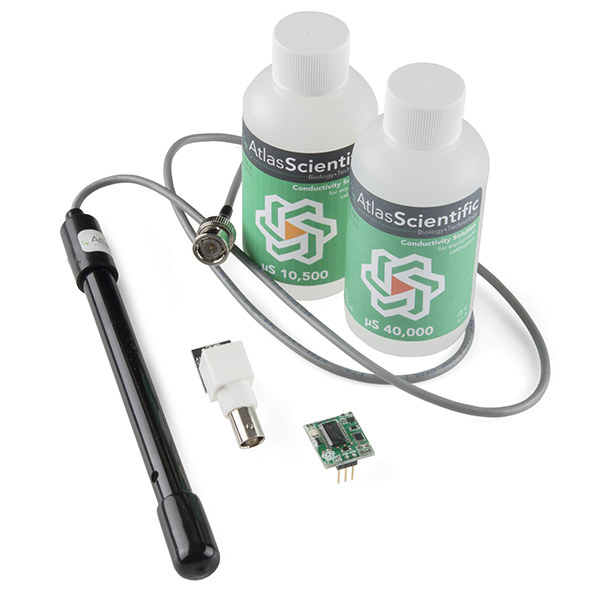
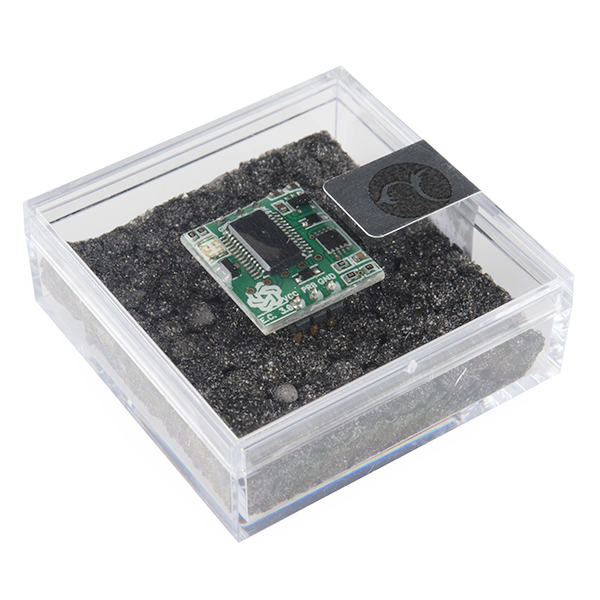
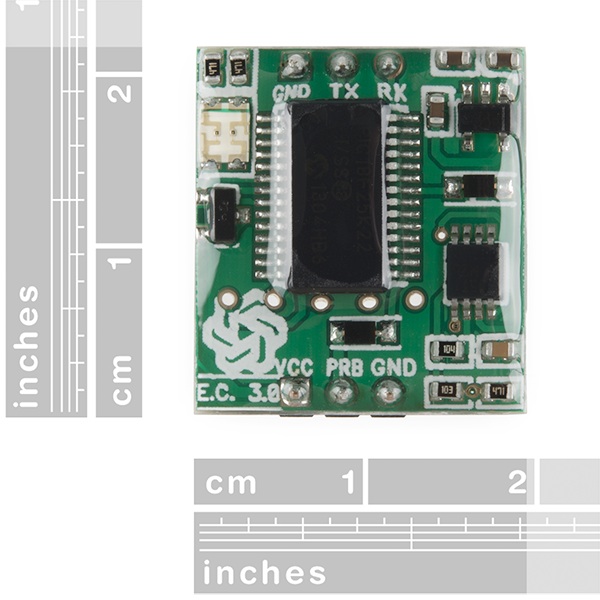
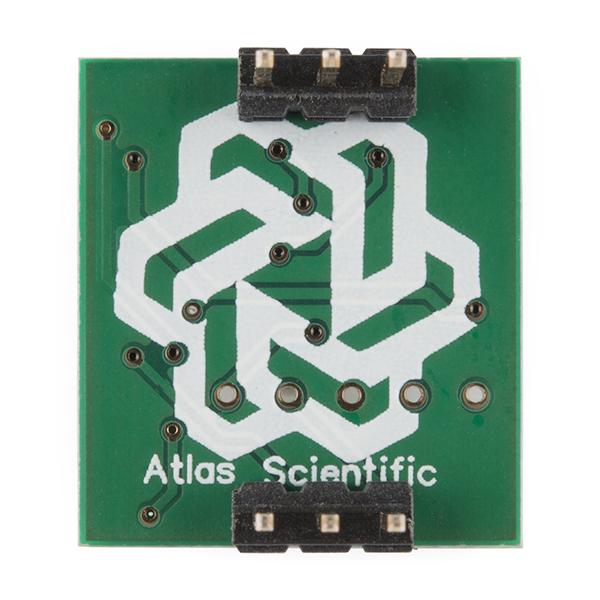
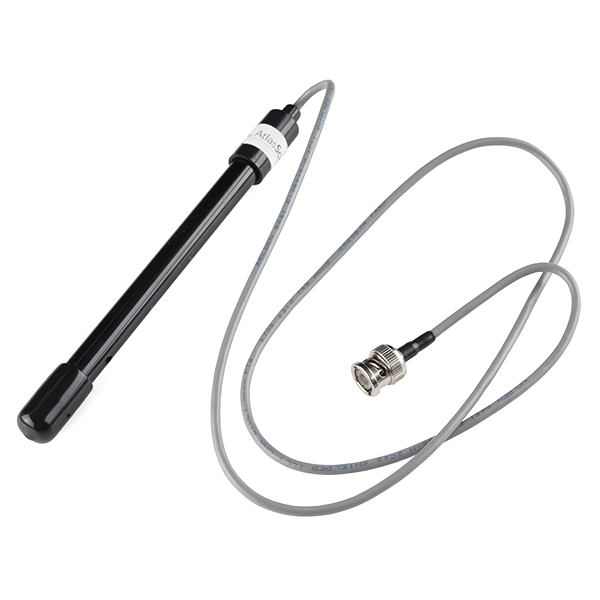
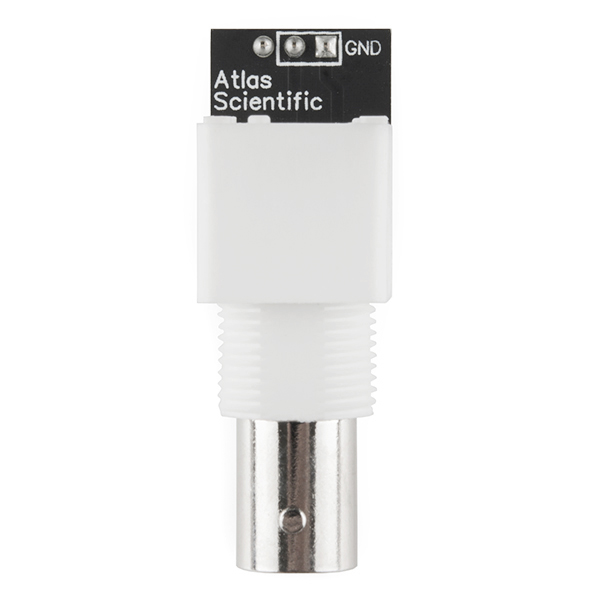
Guys, 0 – VCC is not a valid RS-232 serial level. If you connected this to a proper RS-232 port, it would not work. Please correct this in the spec as it is misleading and some people would take it to mean you can connect it to a PC or something similar directly.
RS-232 specifies that the voltage must swing between a negative voltage and a positive voltage to represent logical 0’s and 1’s. The minimum swing normally accepted for this is from -5V to +5v with anything in between being ignored (i.e. 0V).
It WILL work for a standard serial port - I've done this hundreds of times. As long as the voltage swing is about 3V or greater, 0-Vcc levels will be detected by the hardware.
Glad to see this was added to Sparkfun's catalog! I'd buy it outright were it a bit less pricey.
I was very excited to see this product.
I'm working on a way to monitor and datalog specific gravity of beer while fermenting. As far as I can tell I could use the output of this sensor to calculate the gravity of wort while fermenting. Any beer nerds out there with some ideas?
Can anyone tell me the resolution of the TDS reading? I skimmed through the datasheet, but I only saw a resolution on the conductivity reading. How does this translate to TDS? I need to measure really small changes, ideally less than 0.05%.
You should contact them directly. I don't see the information in the datasheet either.
This is so exciting! I am really happy to learn about these tools. Thanks SparkFun!
http://water.usgs.gov/owq/FieldManual/Chapter6/Final508Chapter6.3.pdf
How cool would it be if citizen water quality monitoring got the sort of traction that all those DIY Geiger-counters got after Fukushima! Brine from oil and gas production getting into your water well? Measure it directly - put a number on it! Salinity in the creek too high for cut-throat trout? Put a number on it!
Edit. Never mind, the stamp calculates salinity and tds for you. Nice!
What are the chances that we could get a selection of sensor? I see Atlas-Scientific has different probes for this (K=0.1, K=1 & K=10) and you folks carry the K=1. I am interested in this for a marine aquarium setup though so the K=10 is what I need...
Your best bet is probably to buy it directly from Atlas.